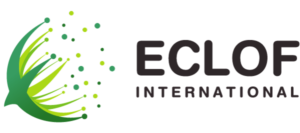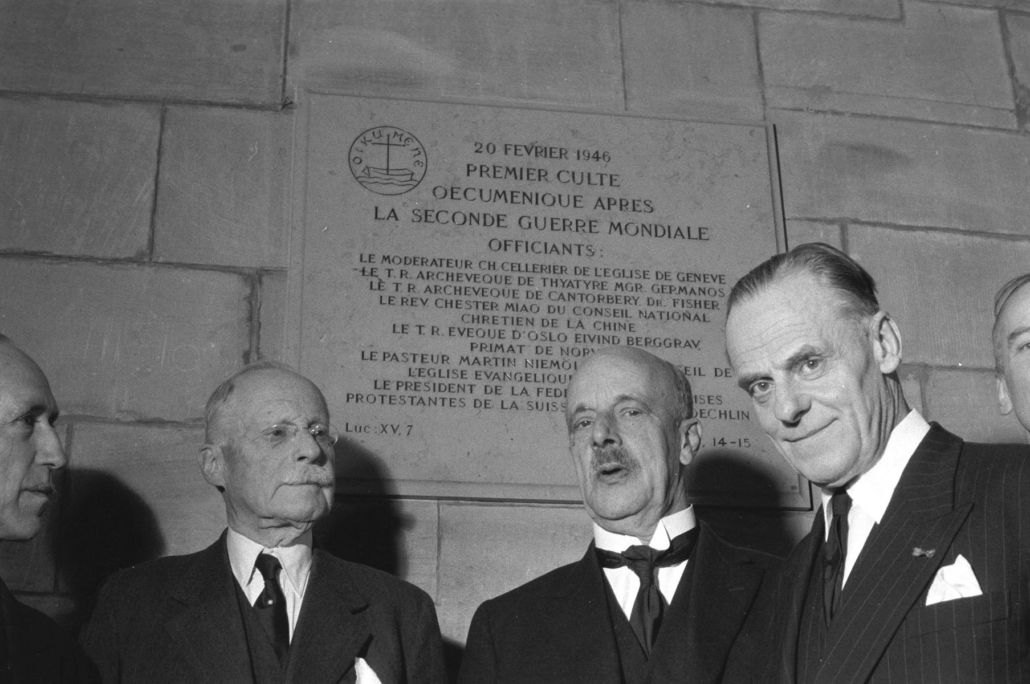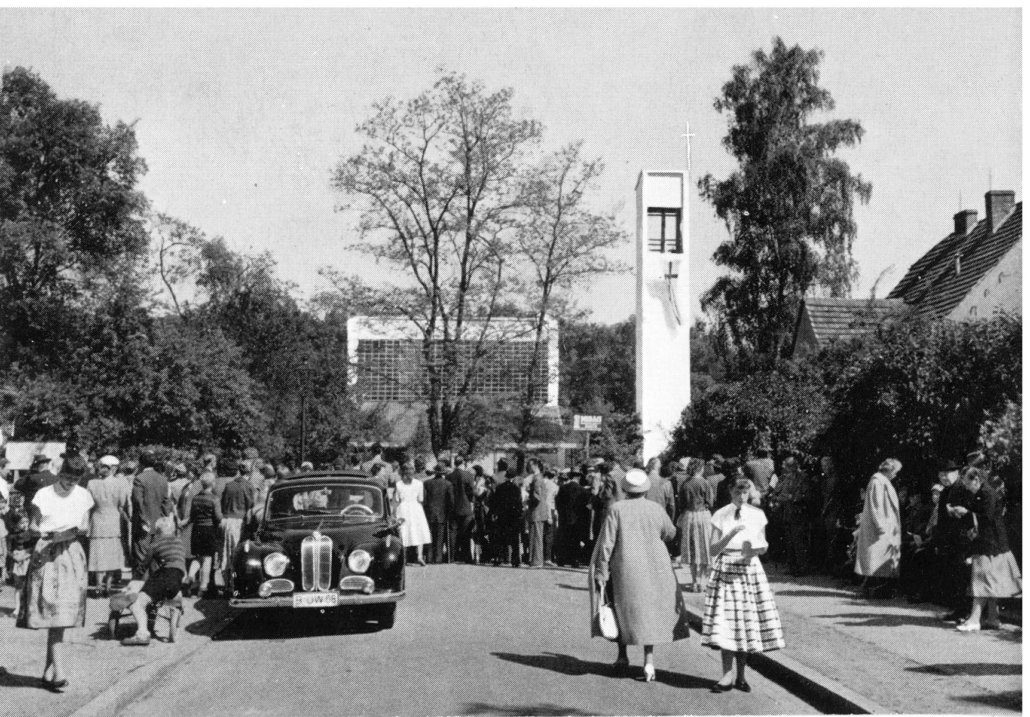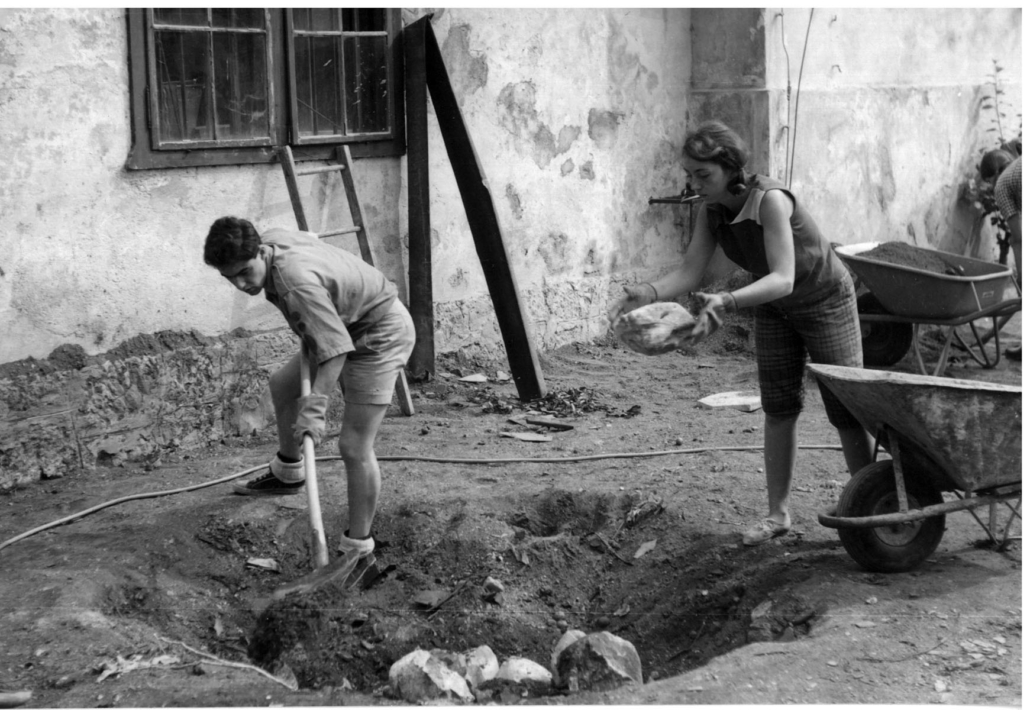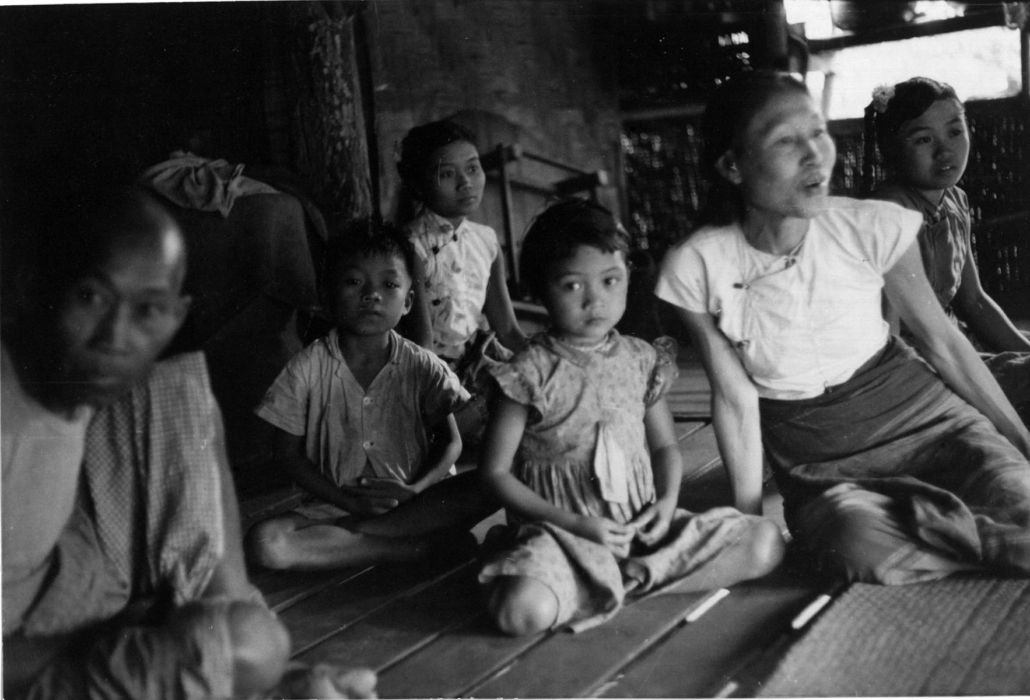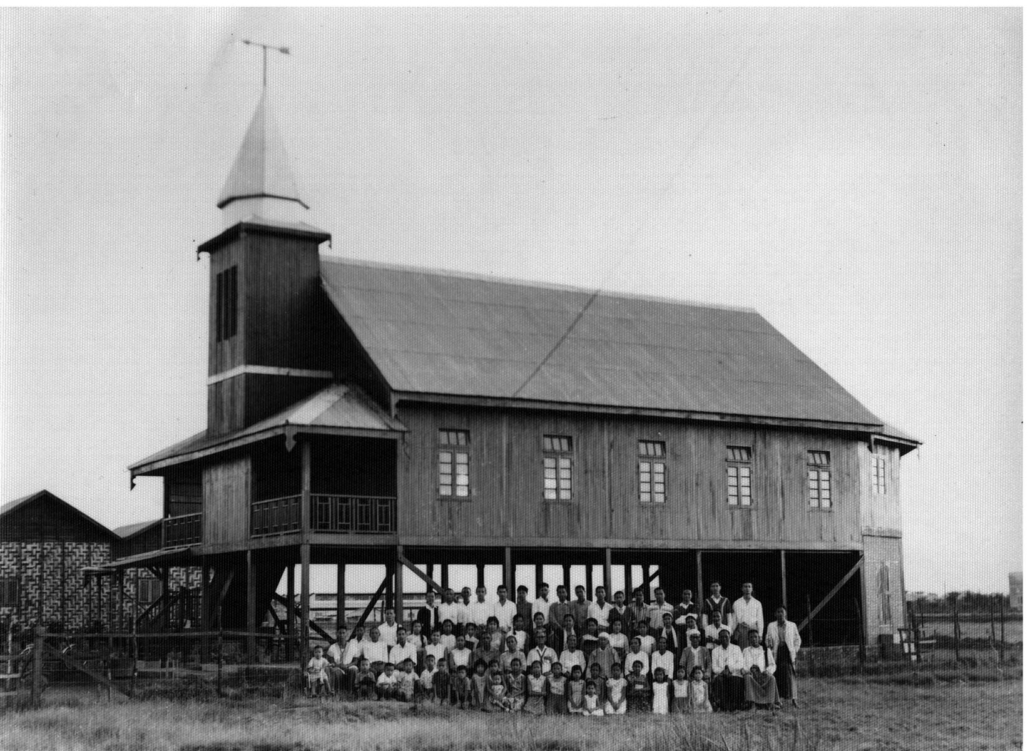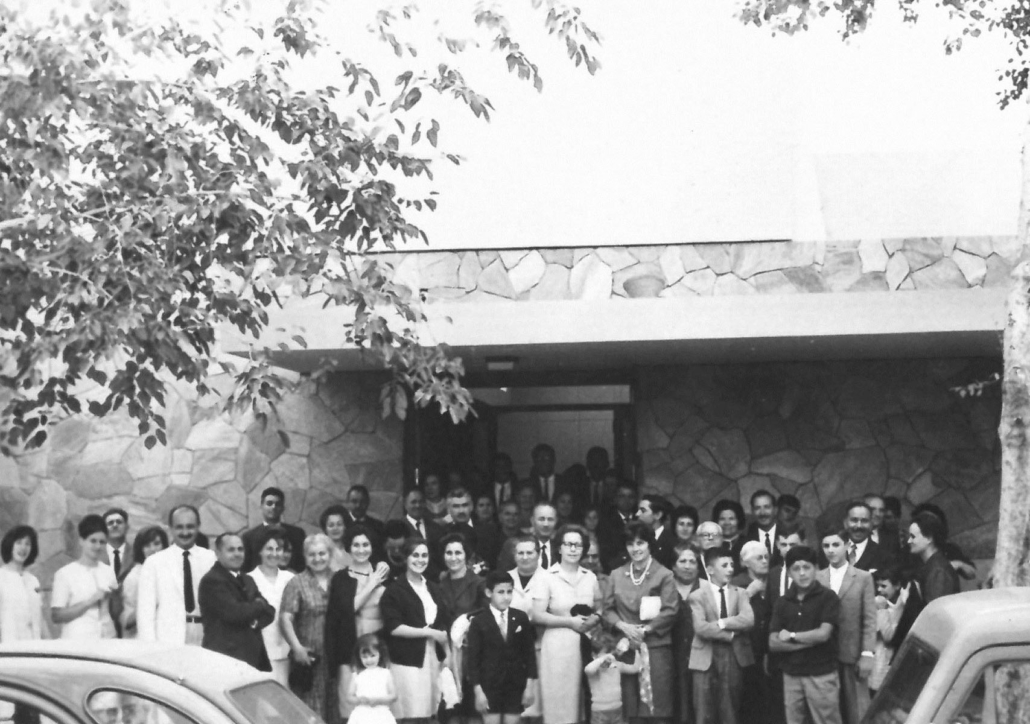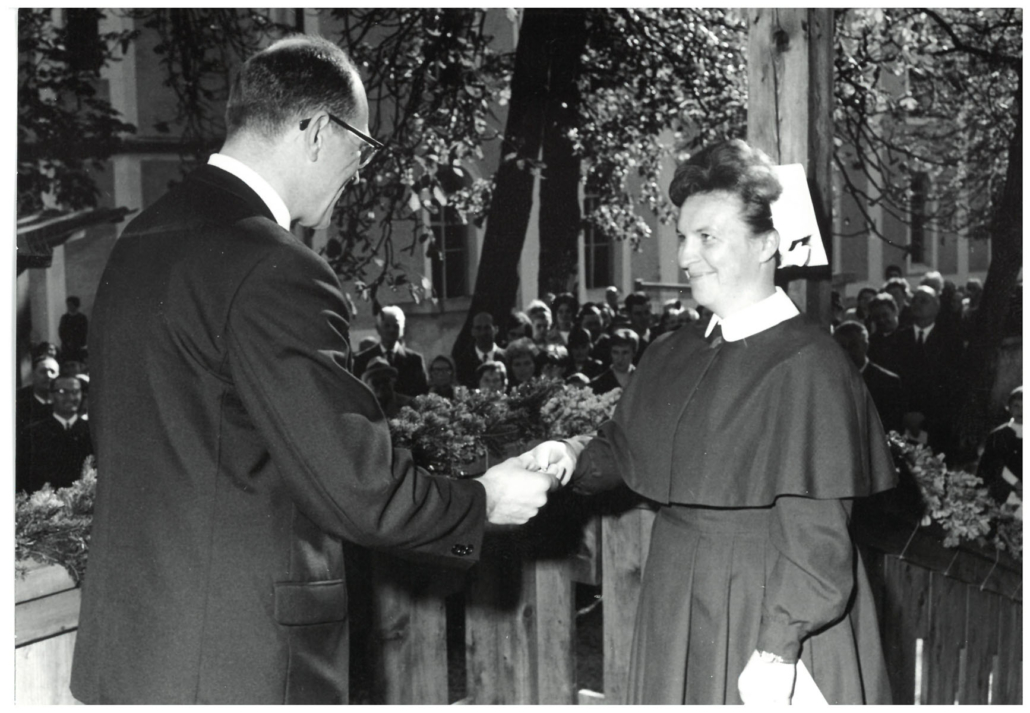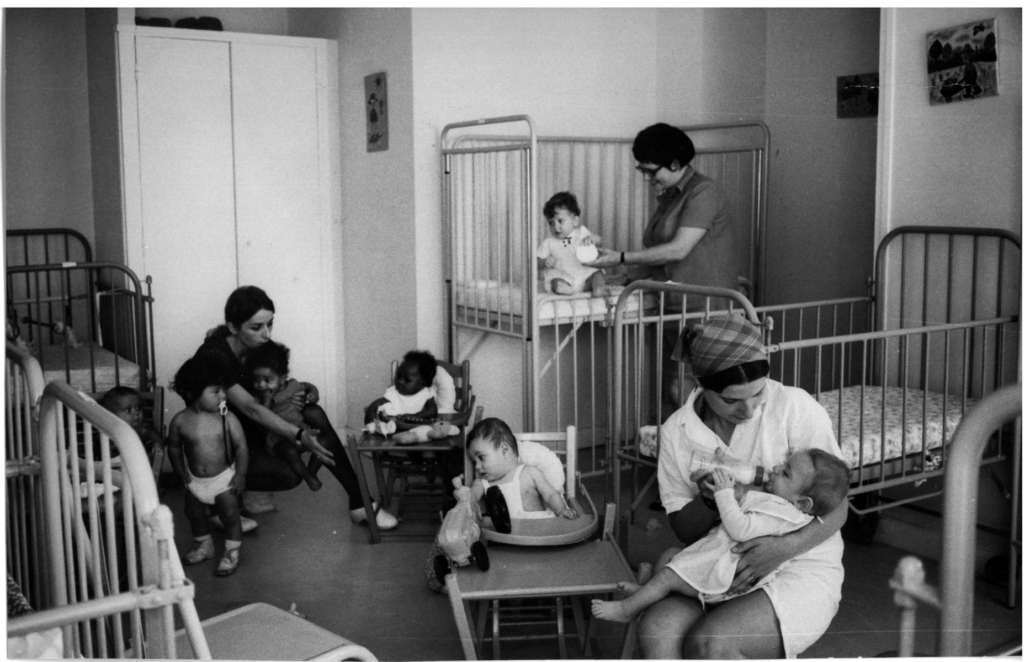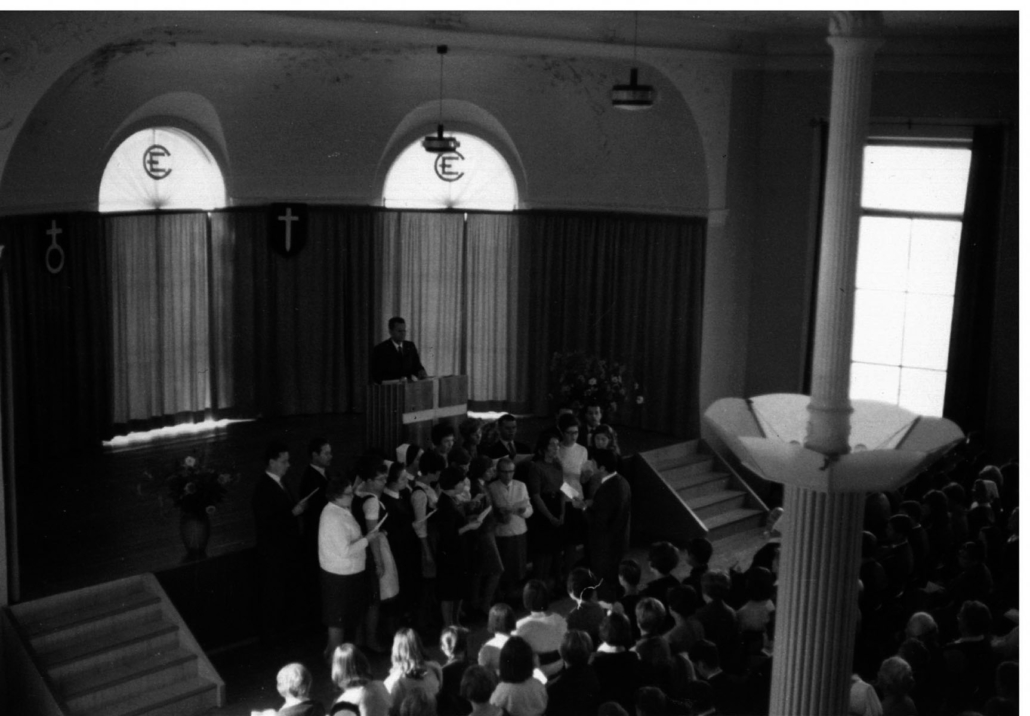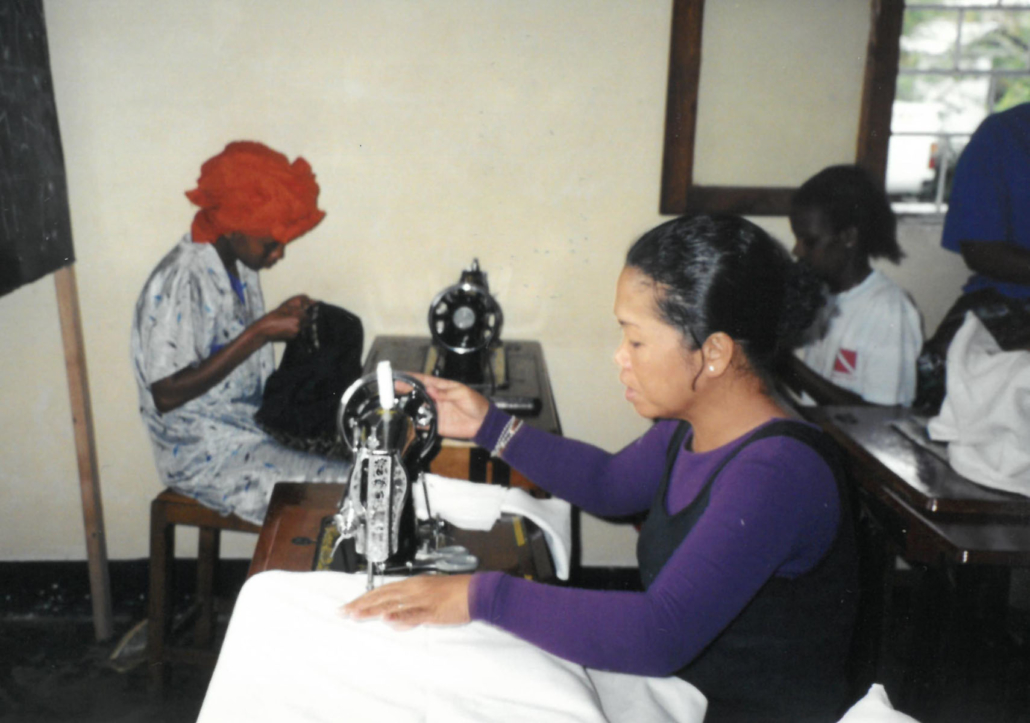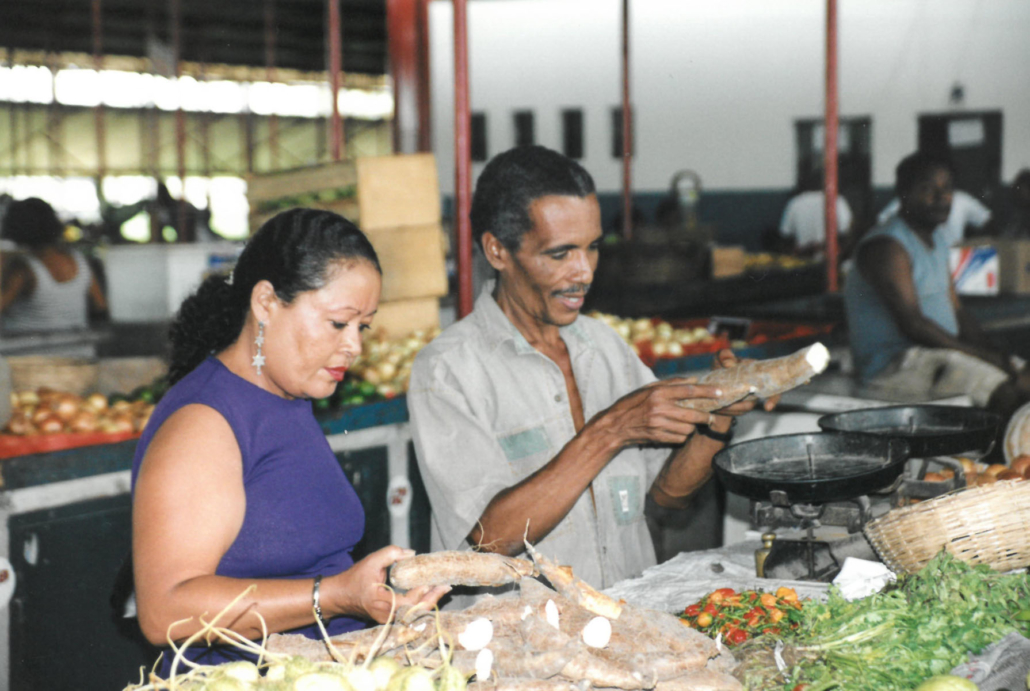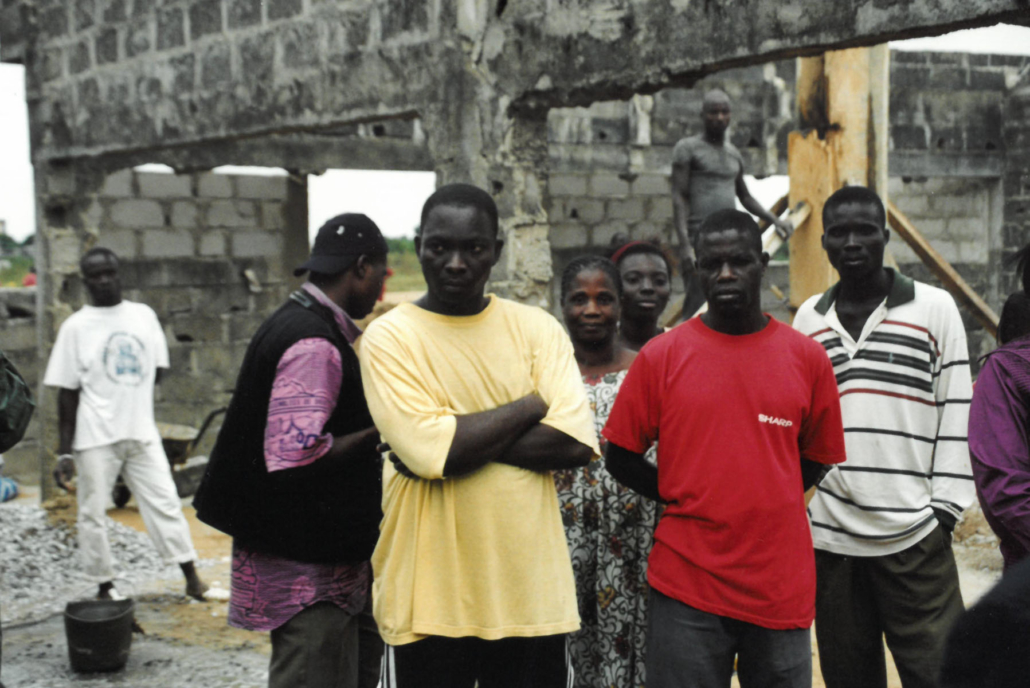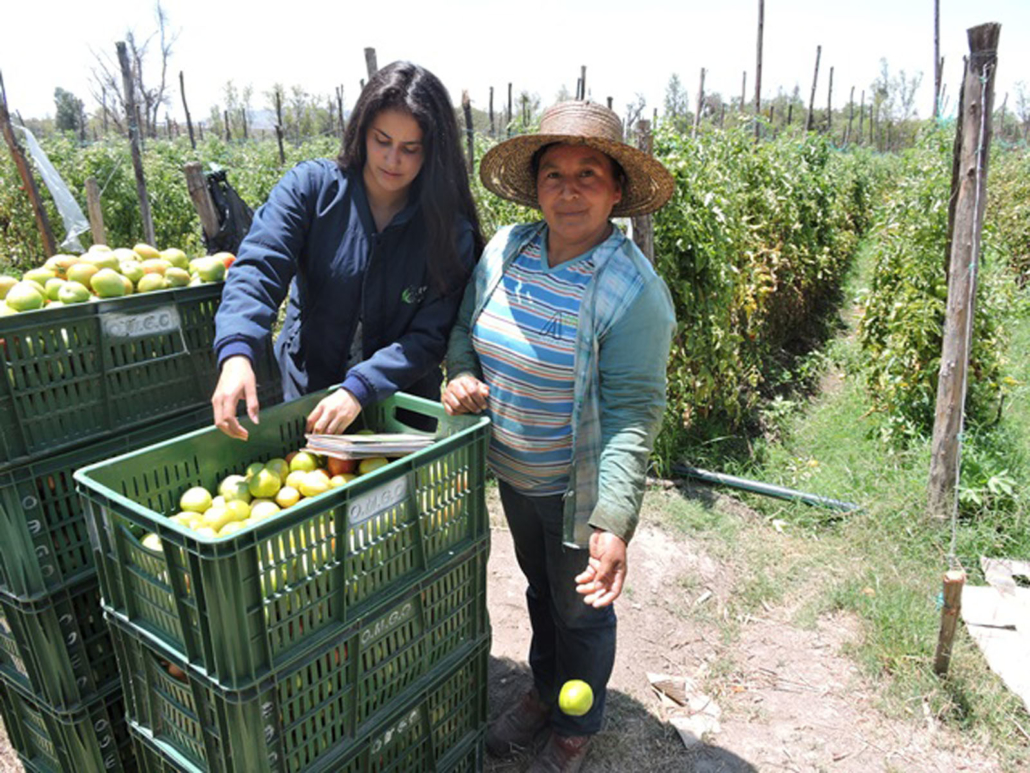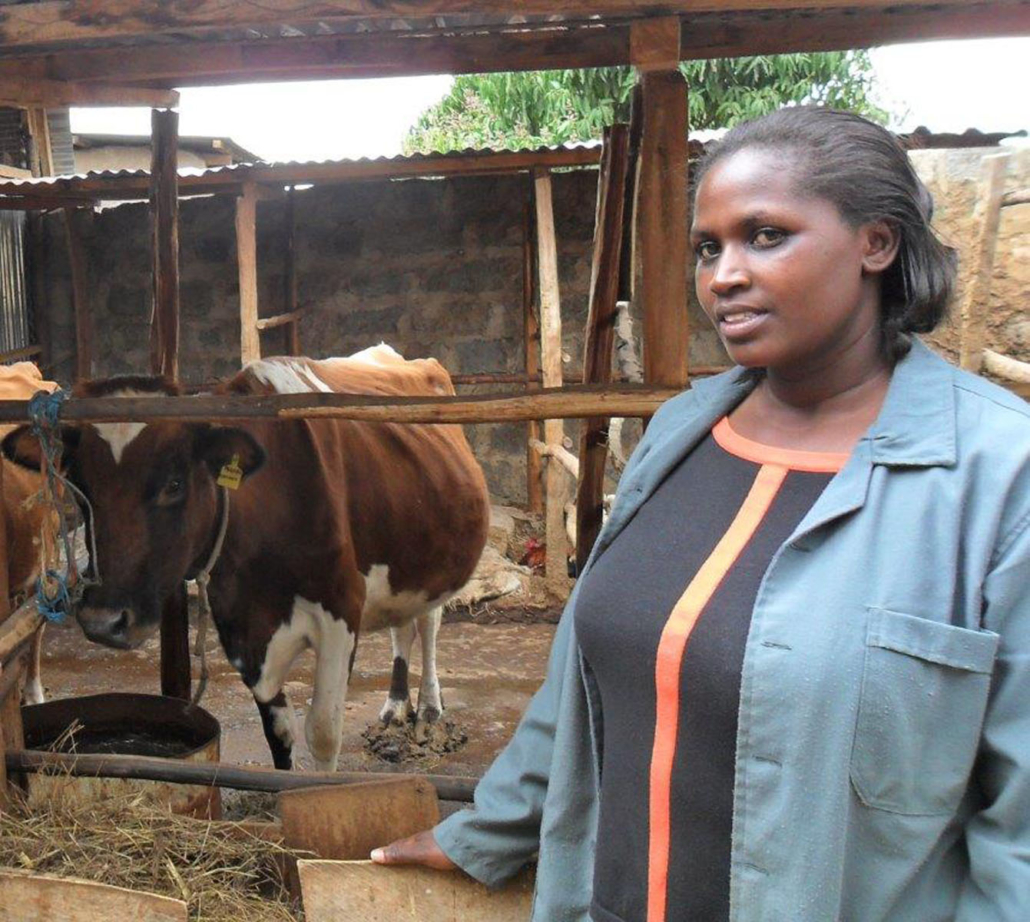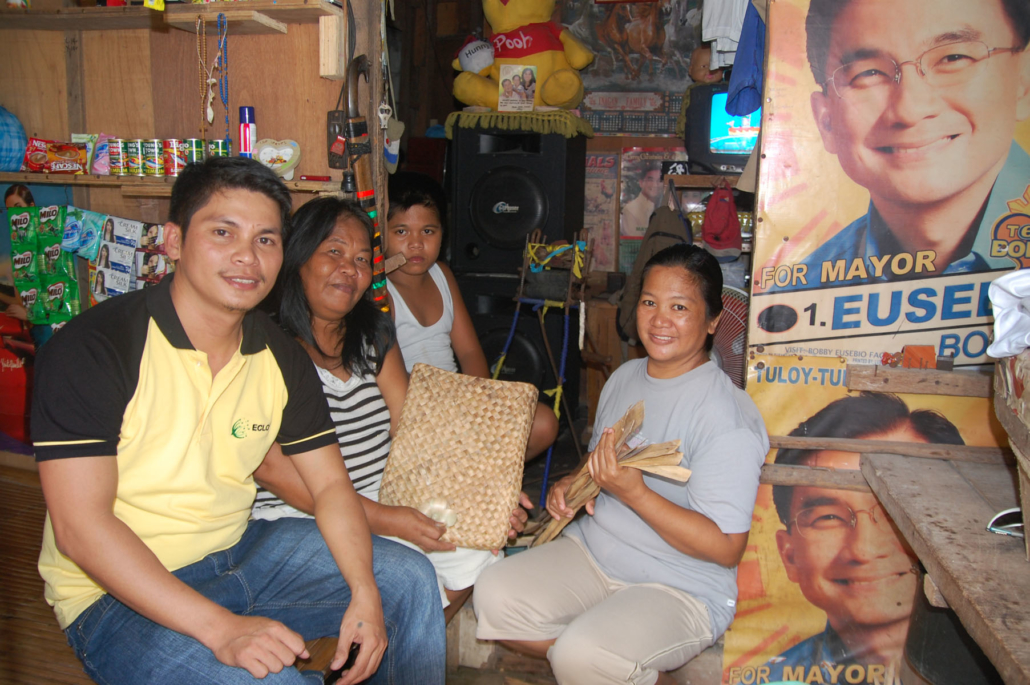
FROM 1946 To the 1950's
Rebuilding churches in Europe
ECLOF was first registered as Ecumenical Church Loan Fund on April 29, 1946 by two private Swiss bankers – Gustave Hentsch and Georges Lombard – together with Dr. Visser’t Hooft, the man who later became first General Secretary of the World Council of Churches. Further capital was endowed by John D. Rockefeller, Jr. and the predecessor to the World Council of Churches. Gustave Hentsch was President until 1962 – when he was succeeded by his son Leonard.
ECLOF was established as a non-profit foundation under Swiss law. The founding members were concerned about postwar Europe and the need to reconstruct damaged or destroyed churches. Initial funding was donated by churches and other organizations. ECLOF actually raised some USD 325,000 in donations in its first three years.
First loans were provided in France to acquire houses for pastors and their families, contribute to the cost of an orphanage and finance housing for homeless youths. Later, loans were made to churches in countries across Europe.
The 1960's
Expanding to the developing world
In 1956, ECLOF investigated the possibility of expanding its projects outside Europe. At that time, some European ECLOF offices were returning their capital back to ECLOF International, and it was getting more financial support from churches and institutions around the world. In 1959, the first extra-European office was opened in Burma (Myanmar). It was followed by the founding of offices in Tanzania in 1960 and Argentina in 1961.
It is estimated that ECLOF provided some 1200 loans in its first 20 years in over 20 countries – primarily for building churches, schools and community centres. ECLOF played a key role in those early years in expanding outreach and diaconia of the Churches in the countries where it operated.
The 1970's & 1980's
Pioneering Microfinance
ECLOF’s expansion and reorientation to the developing world led to a concern with the root causes of underdevelopment and poverty in the world. Theological reflection in the WCC resulted in a number of commitments to the poor made at the 1968 Uppsala Assembly and the Montreux Conference in 1970. In response, in 1971 ECLOF created a new fund to provide loans to groups of rural and urban poor, aimed at promoting social justice and self-reliance. This was the birth of ECLOF’s microfinance activities as we know them today.
By 1976, 3 in every 4 ECLOF loans were made in Non-European countries ; microfinance loans represented more than half of all loans made. But there were challenges in that period : Global economic crises in the 1970s and 80s had catastrophic consequences for many throughout the developing world and particularly across Africa. Economic gains of the 1960s and 70s were wiped out and the world saw growing levels of poverty, especially in rural areas.
The 1990's and early 2000's
Preserving the mission amidst change and renewal
By the beginning of the 1990s ECLOF was operating in 62 countries ; most of them in the developing world. Financing for ECLOF came from grants by American, Canadian and European churches and related organizations. ECLOF had a clear social focus and a social culture.
The period also saw a changing microfinance landscape. Microfinance became an industry, regulation was introduced, and new products were entering the marketplace. Increased commercial funding was flowing to microfinance. In some countries it was difficult to balance this new “double bottom line” of targeting both social impact and financial sustainability. ECLOF adapted by making changes to the organization, funding sources and governance of its local offices. There was a cultural shift away from grant dependency towards self-sustainability. Some country offices closed, leaving 40 by 1996.
A new ECLOF Model was required. A new smaller board was put in place, composed of people with extensive microfinance and development experience who devised a new strategic framework and approach built around four priorities :
- Build a strong and sustainable EI and network.
- Rebuild relationship between EI and the network.
- Rebuild relationships with partners.
- Preserve mission, spirit and values.
2011-Today
A new ECLOF
During this period, ECLOF continued consolidating its network to 13 countries, all of them in the developing world. The new strategic framework was implemented :
- strengthening local governance and client outreach ;
- deepening the relationship between ECLOF International and the network ;
- and actively managing social performance and innovating products and services.
The board of ECLOF International welcomed new representatives from the countries. All countries committed to highest professional standards and the mission of ECLOF through a Memorandum of Understanding. ECLOF International began to effectively address the funding and technical assistance needs of the network. New loan funding and technical assistance grants were provided to the network. While all of this was going on, there was no change in mission.
OUR NETWORK
Contact us
ADDRESS
ECLOF International
Chemin du Pommier 42,
1218 Le Grand-Saconnex, Switzerland
Phone: +41 22 791 6555
Email: office@eclof.org
